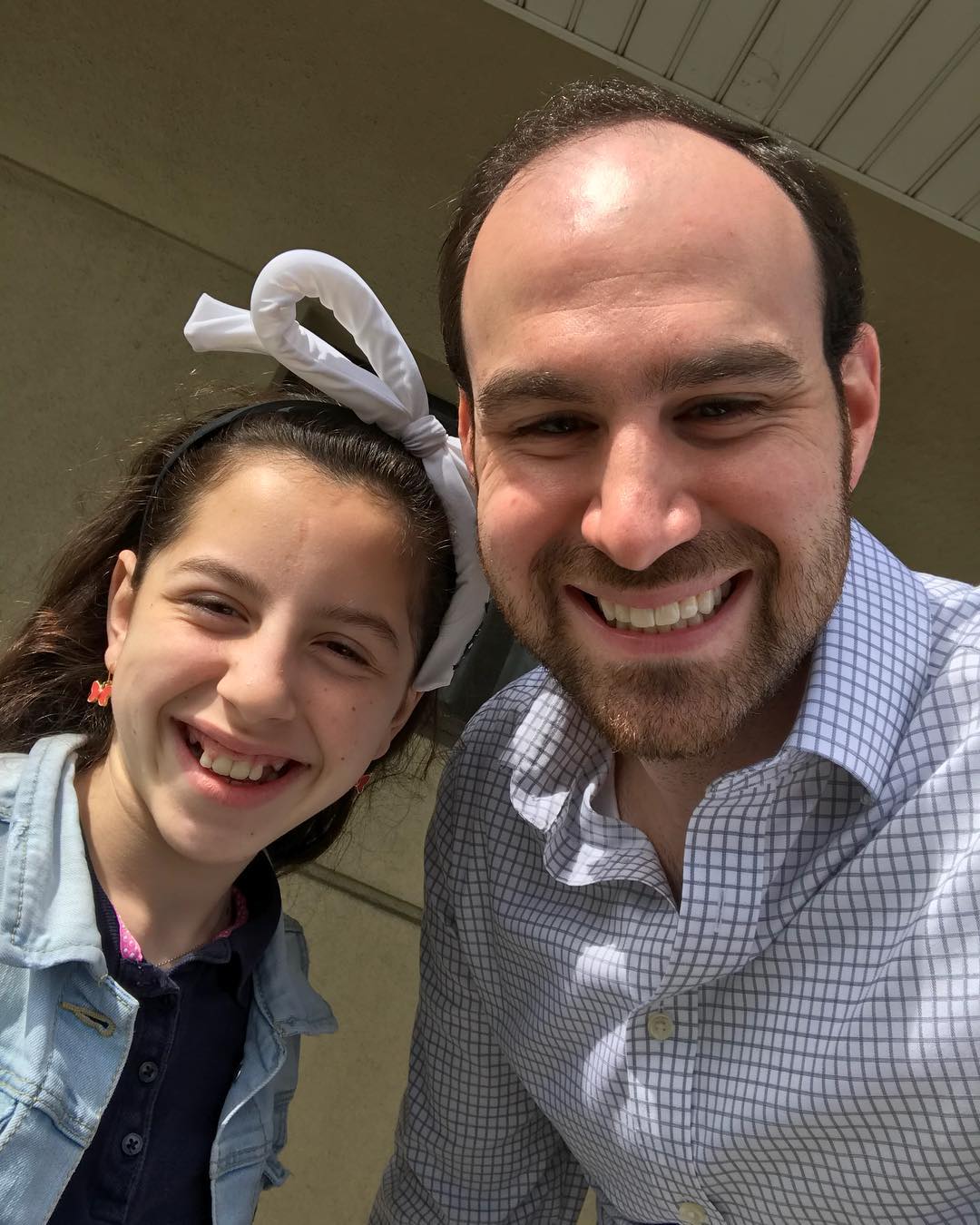TWO PHASE TREATMENT
TO BE EARLY IS TO BE ON TIME
Two-phase orthodontic treatment consists of two separate times when a child receives orthodontic treatment.
A first phase of treatment is done while the child still has many or most of their primary or “baby” teeth. A second phase takes place when the child has most or all of their permanent teeth. Braces may or may not be used during a first phase of treatment.
Other appliances (the name used for braces and other devices for orthodontic correction) may be used. Your orthodontist has the training and clinical experience necessary to diagnose and treat your child’s orthodontic problem.

